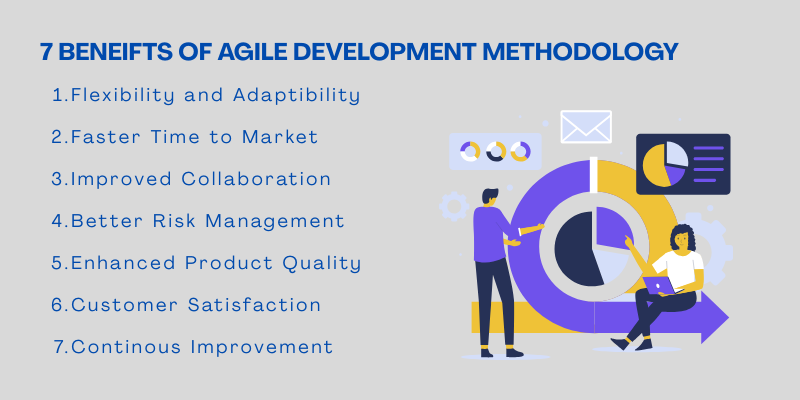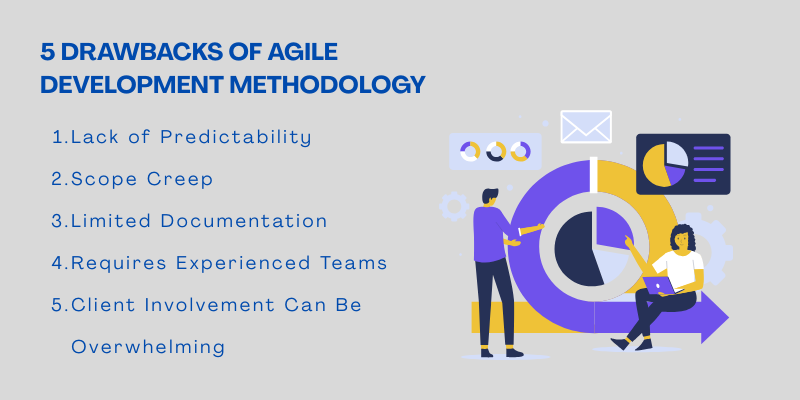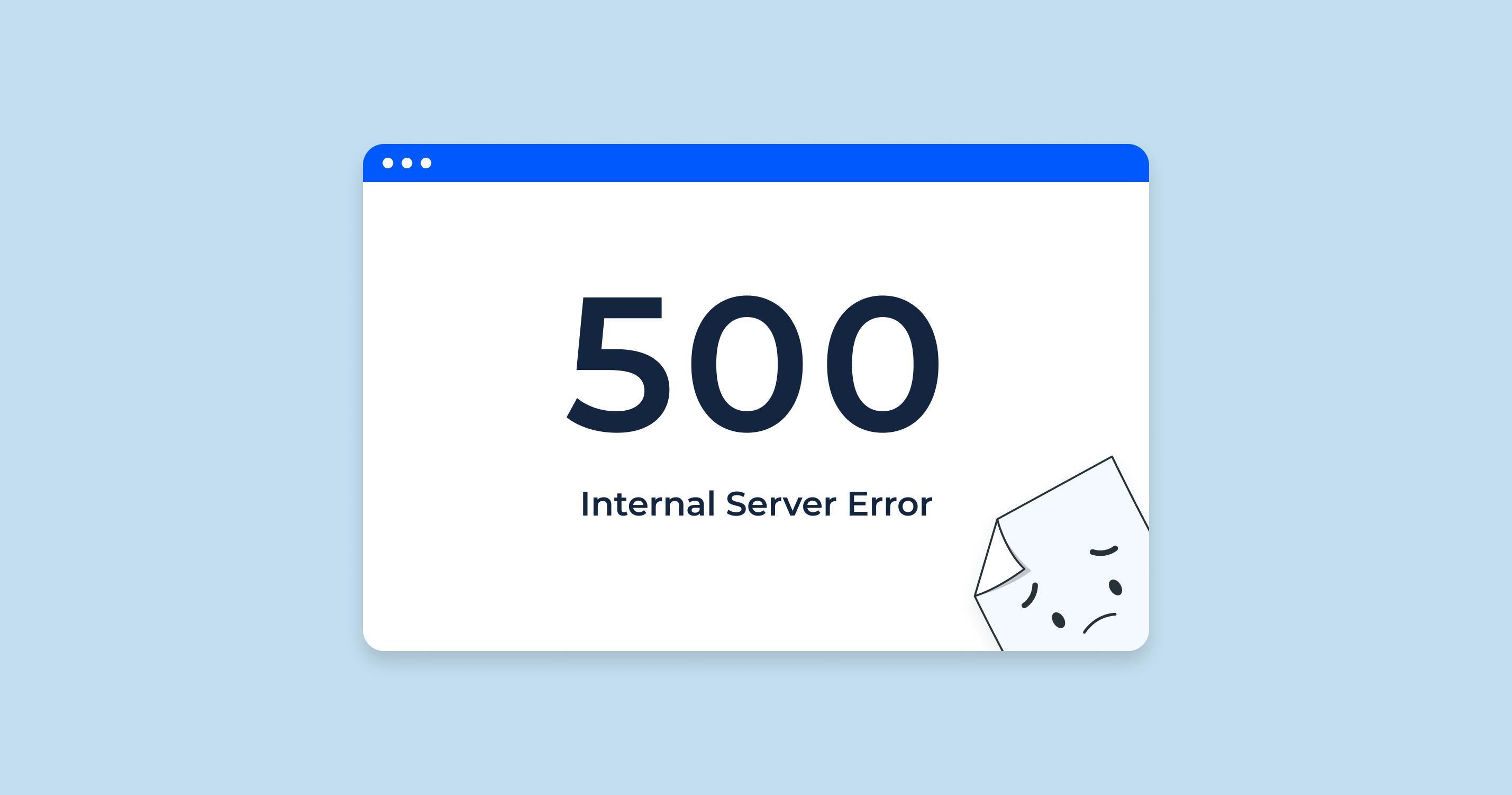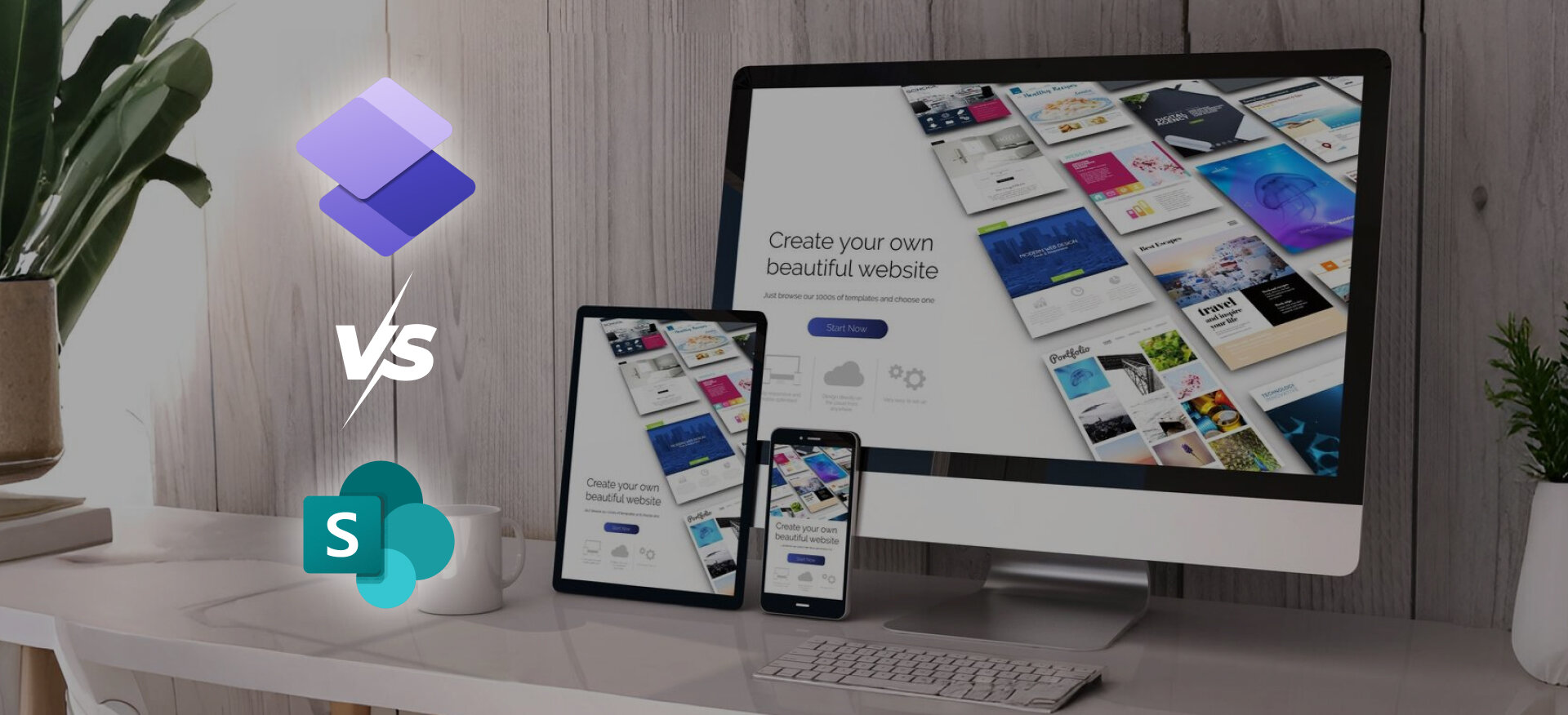Since the creation of the Agile Manifesto over two decades ago, teams worldwide have embraced the principles of Agile to transform their project management practices.
According to digital.ai’s 14th Annual State of Agile Report, 95% of the 40,000 respondents confirmed that their organizations use Agile development methods, with 61% having practiced Agile for more than three years.
This widespread adoption highlights the significant benefits of the Agile development methodology and why it continues to outperform traditional project management approaches.
So, what are some benefits of the Agile development methodology? Let’s dive in.
In this article, we’ll discuss the key benefits of Agile, its influence on project management and team collaboration, and how it compares to other development methodologies.
What Is Agile Development?
Agile development is a software methodology that focuses on iterative progress, collaboration, and adaptability.

Instead of following a strict, linear process, projects are divided into short iterations called sprints, each delivering a functional part of the software.
This approach encourages continuous feedback, allowing teams to refine features, improve quality, and stay aligned with project goals through close collaboration among cross-functional teams and stakeholders.
Importance of Agile in Software Development
In today’s fast-paced digital world, Agile development plays a vital role in delivering high-quality software efficiently.
It enables teams to respond swiftly to changing requirements, market shifts, and customer feedback.
By emphasizing incremental progress and continuous testing, Agile minimizes risks and uncovers issues early in the cycle.
Its collaborative and transparent framework leads to better decisions, improved customer satisfaction, and faster time-to-market, making it the preferred methodology in modern software development.
Explore Our Web Design & Development Services!
7 Key Benefits of Agile Development Methodology
With continuous feedback and frequent testing, Agile enhances product quality, reduces risks, and fosters a culture of continuous improvement, leading to higher customer satisfaction and more efficient project management.

Here are some of the key benefits:
- Flexibility and Adaptability
- Faster Time to Market
- Improved Collaboration
- Enhanced Product Quality
- Customer Satisfaction
- Better Risk Management
- Continuous Improvement
1. Flexibility and Adaptability
Agile development offers significant flexibility and adaptability, enabling teams to respond quickly to changing requirements and market demands.
This iterative approach ensures that products are continuously refined based on feedback and evolving needs. For example, companies in sectors like web design and development services benefit from Agile by continuously improving their offerings to align with user demands.
Some key aspects of Agile include:
- Responding to changes in requirements: Agile allows teams to quickly adjust the project scope or features as customer needs and market conditions shift.
- Continuous improvements during development: With each sprint, teams assess and enhance both the product and the development process, driving constant refinement and increased efficiency.
This adaptability helps teams deliver high-quality products that are in line with customer expectations, even in dynamic environments.
2. Improved Collaboration
Agile development enhances collaboration by promoting cross-functional teams and regular communication, which are key to successful project delivery.
How to choose a B2B web development partner becomes clearer when the development process encourages close collaboration across multiple teams, ensuring that the product can evolve according to the needs of business stakeholders.
Teams made up of developers, designers, testers, and business stakeholders work together, ensuring diverse expertise is applied at every stage.
This fosters a collaborative environment where different perspectives contribute to problem-solving.
- Cross-functional teams: Agile encourages the formation of teams with varied skill sets, enabling them to tackle challenges from different angles and work together seamlessly.
- Regular communication and feedback loops: Daily stand-ups, sprint reviews, and retrospectives facilitate constant communication, ensuring that all team members are aligned and any issues are addressed promptly.
These practices help create a cohesive workflow, enhance productivity, and ensure that everyone is focused on achieving common goals.
3. Faster Time to Market
Agile development accelerates time to market by focusing on iterative releases and shorter development cycles, ensuring that products are delivered faster and more efficiently.
With Agile, teams break down projects into smaller, manageable parts, allowing for regular, incremental releases that provide valuable features early in the process.
- Iterative releases and shorter development cycles: By working in sprints, teams can release smaller portions of the product regularly, reducing time spent on long development phases and enabling faster adjustments.
- Early and continuous delivery of functional products: Agile prioritizes delivering working features early and continuously, ensuring that the product is functional at each stage and can be tested by users to provide timely feedback.
This approach enables businesses to get their products to market quicker, adapt to customer feedback, and maintain a competitive edge.
4. Better Risk Management
Agile development improves risk management by allowing early detection of issues and continuous testing throughout the development process, reducing the likelihood of major problems down the line.
Whether you're using SEO ranking report software or advanced testing tools, Agile's iterative process allows for proactive problem-solving that addresses risks quickly.
- Early detection of issues: Agile’s iterative approach helps identify potential risks and issues early, allowing teams to address them before they escalate into larger problems.
- Continuous testing and feedback integration: Regular testing and constant feedback loops ensure that issues are detected and resolved in real-time, maintaining product quality and preventing costly last-minute fixes.
This proactive approach helps teams manage and mitigate risks effectively, ensuring smoother project execution and higher-quality results.
5. Increased Customer Satisfaction
Agile development enhances customer satisfaction by involving customers in the development process and prioritizing their feedback throughout the project lifecycle.
Using Google keyword ranking insights as a part of the continuous feedback loop allows teams to ensure their products meet user expectations more effectively.
- Frequent feedback from customers: Regular interactions with customers during each sprint allow teams to gather valuable insights, ensuring the product aligns with their expectations and needs.
- Higher product quality and alignment with user needs: Continuous testing, refinement, and adaptation based on customer feedback result in a product that better meets user requirements, leading to higher satisfaction and a more successful end product.
By integrating customer input early and often, Agile ensures the final product is more user-centric and well-received.
6. Continuous Improvement and Learning
Agile development fosters an environment of continuous improvement, making teams more adaptable and responsive to change.
Businesses working with a tech marketing agency benefit from an Agile framework by aligning product development with marketing insights that support better user experiences.
- Frequent feedback from customers: Regular interactions with customers during each sprint allow teams to gather valuable insights, ensuring the product aligns with their expectations and needs.
- Higher product quality and alignment with user needs: Continuous testing, refinement, and adaptation based on customer feedback result in a product that better meets user requirements, leading to higher satisfaction and a more successful end product.
By integrating customer input early and often, Agile ensures the final product is more user-centric and well-received.
7. Enhanced Product Quality
Agile development enhances product quality by prioritizing continuous testing, regular feedback, and iterative improvements throughout the development process.
When engaging in full stack development, teams ensure that both the front-end and back-end functionalities evolve iteratively, improving the quality at every stage.
- Frequent testing and feedback loops: With regular testing at the end of each sprint, issues are detected early and resolved quickly, ensuring higher product quality.
- Iterative improvements: Agile allows teams to refine and enhance the product incrementally, ensuring that each release is better than the last, with quality consistently improving.
This ongoing focus on testing, adaptation, and refinement results in a product that is reliable, user-friendly, and free from major issues at launch.
Comparing Agile Development Methodology Benefits vs. Waterfall
When comparing the benefits of the Agile development methodology to the traditional Waterfall model, the key difference lies in flexibility, adaptability, and delivery speed.
Agile focuses on iterative progress and customer collaboration, while Waterfall follows a strict, sequential process where each phase must be completed before the next begins.
|
Aspect |
Agile Development Methodology |
Waterfall Model |
|
Approach |
Iterative and incremental, development happens in small, manageable sprints. |
Linear and sequential, each stage (requirements, design, development, testing) must finish before the next starts. |
|
Flexibility |
Highly flexible, allows changes and adjustments even late in the process. |
Rigid, changes after the project starts are difficult and costly. |
|
Customer Involvement |
Continuous feedback from clients during every sprint or iteration. |
Limited customer involvement after the initial requirements phase. |
|
Delivery |
Delivers working software early and frequently, improving time-to-market. |
Final product is delivered only after all stages are complete, leading to longer release cycles. |
|
Risk Management |
Low risk, early testing and feedback help detect and fix issues quickly. |
Higher risk, issues often surface late in the process, making fixes more complex. |
|
Team Collaboration |
Encourages close collaboration between developers, designers, testers, and stakeholders. |
Collaboration is mostly limited within each department or stage. |
|
Adaptability to Change |
Easily adapts to new requirements or priorities at any stage. |
Difficult to adapt once the project plan is finalized. |
|
Project Visibility |
High visibility, progress is tracked in real time through sprints, standups, and retrospectives. |
Low visibility, progress is only visible at the end of major phases. |
|
Quality and Testing |
Continuous testing throughout each sprint ensures better product quality. |
Testing occurs after development, which can delay bug detection. |
That said, the benefits of the Agile development methodology, such as flexibility, adaptability, and continuous delivery, make it a superior choice for dynamic, fast-changing projects.
The Waterfall model, on the other hand, is better suited for projects with fixed requirements and clearly defined outcomes.
5 Drawbacks of Agile Development Methodology
While the Agile development methodology offers flexibility, collaboration, and faster delivery, it also has certain challenges that teams should consider before adoption.

Here are some of the most common disadvantages of Agile methodology:
1. Lack of Predictability
Because Agile embraces flexibility and change, it can be difficult to estimate project timelines, budgets, and deliverables accurately.
This unpredictability can be challenging for clients who prefer fixed schedules and costs.
Additionally, businesses seeking benefits of B2B website development may find it challenging to estimate costs without a more predictable model.
2. Scope Creep
Frequent updates and evolving requirements can lead to scope creep, where new features or changes are continuously added.
Without strong control, this can extend deadlines and increase project costs, especially for teams managing oil and gas marketing agency projects, where stakeholders often require constant adjustments.
3. Limited Documentation
Agile focuses more on working software than extensive documentation. While this speeds up delivery, it can create challenges later when onboarding new team members, maintaining software, or scaling the project.
4. Requires Experienced Teams
The Agile development methodology relies heavily on collaboration, self-management, and technical expertise. Teams without sufficient Agile experience may struggle with communication, sprint planning, and consistent delivery.
This is a particular concern for those looking for web design and development services where technical skills and Agile familiarity are paramount for success.
5. Client Involvement Can Be Overwhelming
Agile requires constant client feedback and participation. While this helps ensure product alignment, some clients may find the level of involvement time-consuming or impractical, especially if they have other responsibilities.
Conclusion
What are Some Benefits of the Agile Development Methodology? Agile development offers numerous advantages, including flexibility, faster time to market, improved collaboration, and enhanced product quality.
By fostering iterative releases, continuous feedback, and close customer involvement, Agile helps teams deliver high-quality products that align with user needs.
In conclusion, Agile’s focus on adaptability and responsiveness is transforming how software is developed.
The methodology’s growing significance lies in its ability to support rapid innovation and efficient project management in today’s fast-paced digital landscape.
As businesses strive to meet evolving customer demands, Agile continues to be a critical approach in driving successful and timely product delivery.
For instance, Centric, a digital transformation agency, helps companies leverage Agile practices to stay competitive and accelerate growth.









